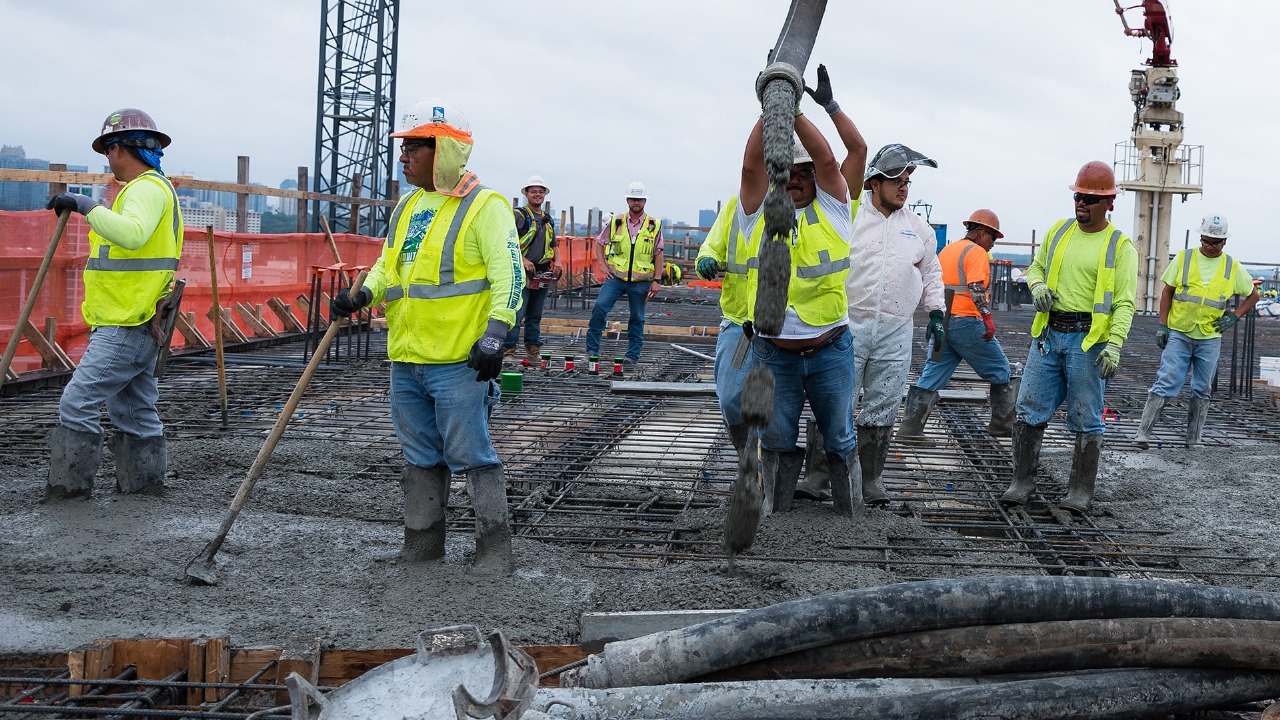Introduction
In 2025, effective Workplace safety communication is more vital than ever. With evolving workplace dynamics, hybrid work environments, and increasingly complex safety protocols, ensuring that employees clearly understand and engage with safety measures is essential. Poor communication can lead to accidents, reduced employee morale, and legal repercussions. Conversely, a well-executed communication strategy can foster a culture of safety, boost productivity, and enhance overall organizational resilience.
This article explores the best practices for workplace safety communication in 2025. We will delve into modern tools, employee engagement strategies, leadership roles, and more to help your organization stay compliant and committed to a safe work environment.
The Importance of Workplace Safety Communication
Why Communication is Critical
Workplace safety communication plays a foundational role in preventing injuries, ensuring regulatory compliance, and building trust between management and staff. Clear messaging about hazards, procedures, and responsibilities empowers employees to act proactively.
The Cost of Poor Communication
When safety messages are miscommunicated or not communicated at all, the risk of workplace incidents significantly increases. The consequences include:
- Higher injury rates
- Legal penalties
- Lost productivity
- Damaged reputation
Core Principles of Effective Workplace Safety Communication
Clarity and Simplicity
Messages about safety must be clear, concise, and easily understood. Avoid technical jargon unless your audience is trained in that language. Using simple visuals, bullet points, and infographics can enhance understanding.
Consistency
Repetition and consistency are crucial. Regular reminders, updates, and training reinforce the importance of safety procedures and keep them top of mind.
Two-Way Communication
Modern workplace safety communication is not just top-down. Employees should feel encouraged to report hazards, ask questions, and provide feedback. This two-way exchange improves engagement and ownership.
Best Practices for Workplace Safety Communication in 2025
1. Utilize Technology Effectively
Digital Platforms
Organizations are increasingly turning to collaboration platforms like Microsoft Teams, Slack, or proprietary apps to deliver safety messages. These tools ensure that communication reaches remote, hybrid, and onsite workers simultaneously.
Mobile Accessibility
With the rise in mobile use, ensure all safety communications are mobile-friendly. This includes instant alerts, safety checklists, and training modules accessible from smartphones.
AI-Powered Alerts
AI-driven tools can now predict safety risks based on data and send proactive alerts. Leveraging AI enhances the timeliness and accuracy of workplace safety communication.
2. Incorporate Visual and Interactive Content
Infographics and Videos
Visual tools are more engaging than text-heavy documents. Safety videos, animations, and infographics simplify complex instructions and increase retention.
Virtual Reality (VR) Training
VR is revolutionizing workplace safety communication by immersing employees in real-life scenarios without actual risk. These simulations prepare employees to respond appropriately in emergencies.
3. Conduct Regular Safety Training and Drills
Consistent training ensures employees stay up-to-date with the latest safety procedures. Drills reinforce preparedness and allow teams to test communication channels under simulated emergency conditions.
Tailored Training Modules
Customize training sessions by department or risk level. Personalized training improves engagement and addresses specific safety concerns.
4. Engage Leadership in Communication Efforts
Leading by Example
Leaders should model safety compliance and actively participate in workplace safety communication efforts. Their behavior sets the tone for the entire organization.
Transparent Messaging
When leaders are transparent about safety policies, incidents, or changes, they build trust and credibility. Employees are more likely to follow safety protocols when leadership is visibly committed.
5. Foster a Culture of Safety
Creating a safety-first culture requires more than periodic memos. It involves weaving workplace safety communication into daily operations and team interactions.
Recognize and Reward Safe Behavior
Acknowledging employees who contribute to a safer work environment reinforces positive behavior and encourages others to follow suit.
Encourage Peer-to-Peer Communication
Employees often trust and learn from their peers. Providing platforms for workers to share safety tips or report concerns informally strengthens overall communication.
Measuring the Success of Your Communication Strategy
Key Performance Indicators (KPIs)
To determine if your workplace safety communication is effective, track:
- Incident and near-miss rates
- Employee participation in safety programs
- Response times to safety alerts
- Survey feedback on communication clarity
Employee Feedback
Conduct regular surveys and anonymous feedback sessions to identify gaps in your safety communication strategy. Listening to employees leads to continuous improvement.
Regulatory Compliance and Industry Standards
Staying aligned with OSHA and other regulatory bodies is critical. Make sure your workplace safety communication strategies incorporate updated guidelines and are documented for audits.
Documentation and Record-Keeping
Keep clear records of all safety communications, training sessions, and feedback. This not only ensures compliance but also provides insights for future improvements.
Industry-Specific Communication Considerations
Manufacturing and Industrial Settings
In high-risk industries, workplace safety communication must be immediate and unambiguous. Use visual signage, loudspeaker systems, and multilingual messaging where applicable.
Healthcare Environments
In hospitals and clinics, safety communication extends to infection control, equipment use, and emergency procedures. Real-time updates and mobile alerts are essential.
Office and Remote Work Settings
Even in low-risk environments, workplace safety communication must address ergonomics, cybersecurity, and mental well-being. Use email campaigns, webinars, and surveys to maintain engagement.
Future Trends in Workplace Safety Communication
Integration with ESG Goals
Safety communication is becoming part of broader Environmental, Social, and Governance (ESG) strategies. Transparent communication around health and safety contributes to a company’s social responsibility efforts.
AI and Predictive Analytics
Beyond alerts, AI tools are beginning to analyze behavioral patterns to identify risks before they materialize. These tools are becoming indispensable in proactive workplace safety communication.
Gamification of Safety Training
Gamified learning modules are gaining popularity. Turning safety training into interactive games increases participation and improves retention.
Conclusion
Workplace safety communication in 2025 is not just a compliance requirement—it’s a strategic priority that drives organizational success. By leveraging modern tools, engaging leadership, fostering a culture of transparency, and continuously evaluating effectiveness, companies can create safer, more resilient workplaces.
As risks evolve, so must communication strategies. Businesses that prioritize timely, clear, and inclusive workplace safety communication will not only protect their teams but also cultivate trust and operational excellence. Whether you’re a safety manager, executive, or team lead, the time to invest in smarter safety communication is now.











Leave a Reply